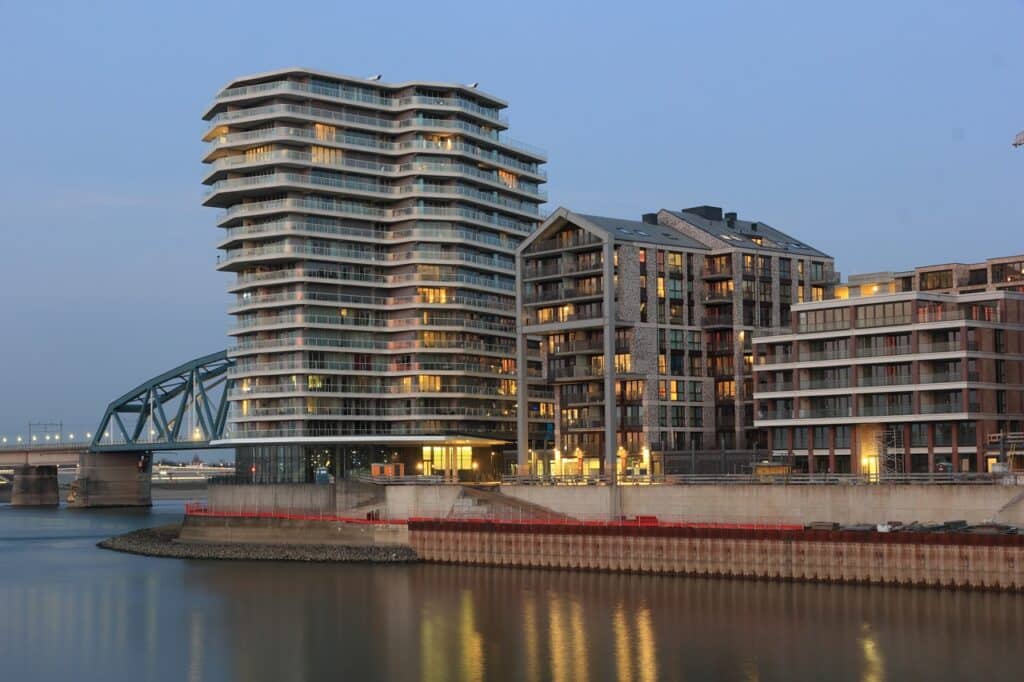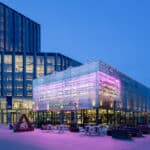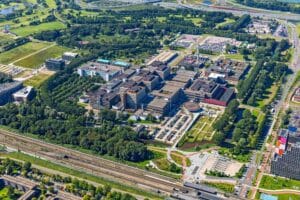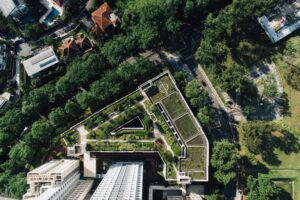

Sustainability of 160 buildings in the Municipality of Nijmegen
- Sustainability of 160 buildings in the Municipality of Nijmegen
- Mapping out the sustainability level of real estate
- 4 scenarios calculated, including business cases
- Measures implemented in long-term maintenance plan
Sustainability of 160 buildings in the Municipality of Nijmegen
In order to further shape its green ambitions, the Municipality of Nijmegen has engaged HEYDAY and CFP Green Buildings to make both its municipal and social real estate portfolio more sustainable. The project involves making approximately 160 buildings more sustainable, with a total surface area of approximately 200,000 m2. A large number of these are listed buildings and therefore require specialist knowledge.
Mapping out the sustainability level of real estate
Over the past 10 years, the municipality has adopted many sustainability measures. In order to further develop the municipality’s sustainability ambitions, the project started with a complete mapping of the sustainability level of the real estate by CFP Green Buildings. The starting point is the EPCs of the buildings, thirty percent of which are currently green.
Four scenarios calculated with business cases
The parties involved have calculated four sustainability scenarios for the entire portfolio. From the legally required scenario (C EPC for offices in 2023 and mandatory measures with a payback period of less than five years) to making all buildings completely energy-neutral – the European target for 2050. Between the two, calculations are made on the basis of expected policy for 2030 in which all buildings must have an A EPC and the preparation for buildings without mains gas, as gas production will cease in 2030.
A business case of the financial impact has been made for each scenario so that the Nijmegen council can make a well-founded decision to draw up ambitions and free up the necessary budgets.
“The results in Nijmegen show that the first sustainability levels in the roadmap (C EPC in 2023 and A EPC in 2030) can already be achieved with a relatively limited expansion of the long-term maintenance plan (MJOP). The uniqueness of our project in Nijmegen is that these measures have already been planned directly in the MJOP, which guarantees their implementation at natural moments in time.“
– Bert van Renselaar, CFP Green Buildings
Measures implemented in long-term maintenance plan
As a managing partner in the field of maintenance, HEYDAY manages the real estate of all the buildings of the Municipality of Nijmegen. The maintenance will be implemented directly via the long-term maintenance plan. In this way, the resources for sustainability will be used smartly. Some of the measures will be implemented in the next five to ten years if the current EPC fails to meet the requirements. Moreover, sustainability is not being seen as a one-off project, but rather as being integrated into the everyday processes of real estate management and maintenance.






